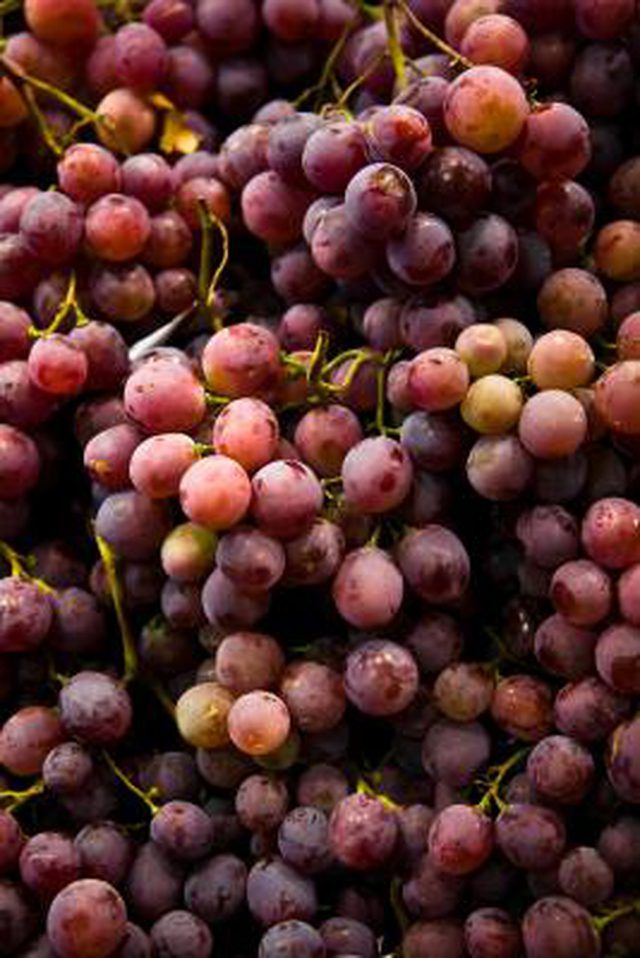Bulbs
Flower Basics
Flower Beds & Specialty Gardens
Flower Garden
Garden Furniture
Garden Gnomes
Garden Seeds
Garden Sheds
Garden Statues
Garden Tools & Supplies
Gardening Basics
Green & Organic
Groundcovers & Vines
Growing Annuals
Growing Basil
Growing Beans
Growing Berries
Growing Blueberries
Growing Cactus
Growing Corn
Growing Cotton
Growing Edibles
Growing Flowers
Growing Garlic
Growing Grapes
Growing Grass
Growing Herbs
Growing Jasmine
Growing Mint
Growing Mushrooms
Orchids
Growing Peanuts
Growing Perennials
Growing Plants
Growing Rosemary
Growing Roses
Growing Strawberries
Growing Sunflowers
Growing Thyme
Growing Tomatoes
Growing Tulips
Growing Vegetables
Herb Basics
Herb Garden
Indoor Growing
Landscaping Basics
Landscaping Patios
Landscaping Plants
Landscaping Shrubs
Landscaping Trees
Landscaping Walks & Pathways
Lawn Basics
Lawn Maintenance
Lawn Mowers
Lawn Ornaments
Lawn Planting
Lawn Tools
Outdoor Growing
Overall Landscape Planning
Pests, Weeds & Problems
Plant Basics
Rock Garden
Rose Garden
Shrubs
Soil
Specialty Gardens
Trees
Vegetable Garden
Yard Maintenance
My Grape Leaves Are Turning Yellow in June
My Grape Leaves Are Turning Yellow in June. Grapevines are grown for their ornamental value and their fruit. Grapes are the most widely grown commercial fruit crop around the world as well as among the most popular homegrown fruits, as cited by the Purdue Cooperative Extension. A fungal disease leads to yellowing foliage in summer.

Grapevines are grown for their ornamental value and their fruit. Grapes are the most widely grown commercial fruit crop around the world as well as among the most popular homegrown fruits, as cited by the Purdue Cooperative Extension. A fungal disease leads to yellowing foliage in summer.
Identification
Grapevines are susceptible to powdery mildew caused by Uncinula necator. The Cornell Cooperative Extension cites the disease as the most important fungal grapevine disorder in the world. Varieties of native American grapes are generally less prone to infection as compared to European and French grapes.
Damage
Disease symptoms start on grapevines during summer with a dusty or powdery fungal presence on the upper sides of foliage and other areas of the vine. Affected leaves gradually turn yellow to brown and start to fall. As the disease progresses, infection spreads to the fruit. Grapes harden and brown and cease to mature. Small, black fungal fruiting bodies are seen on the fruit.
Management
Grow grapevines in areas of less humidity, good air circulation and good light. Organic control options include the use of sulfur-based fungicides. Other recommended fungicides include azoxystrobin, myclobutanil or fenarimol.